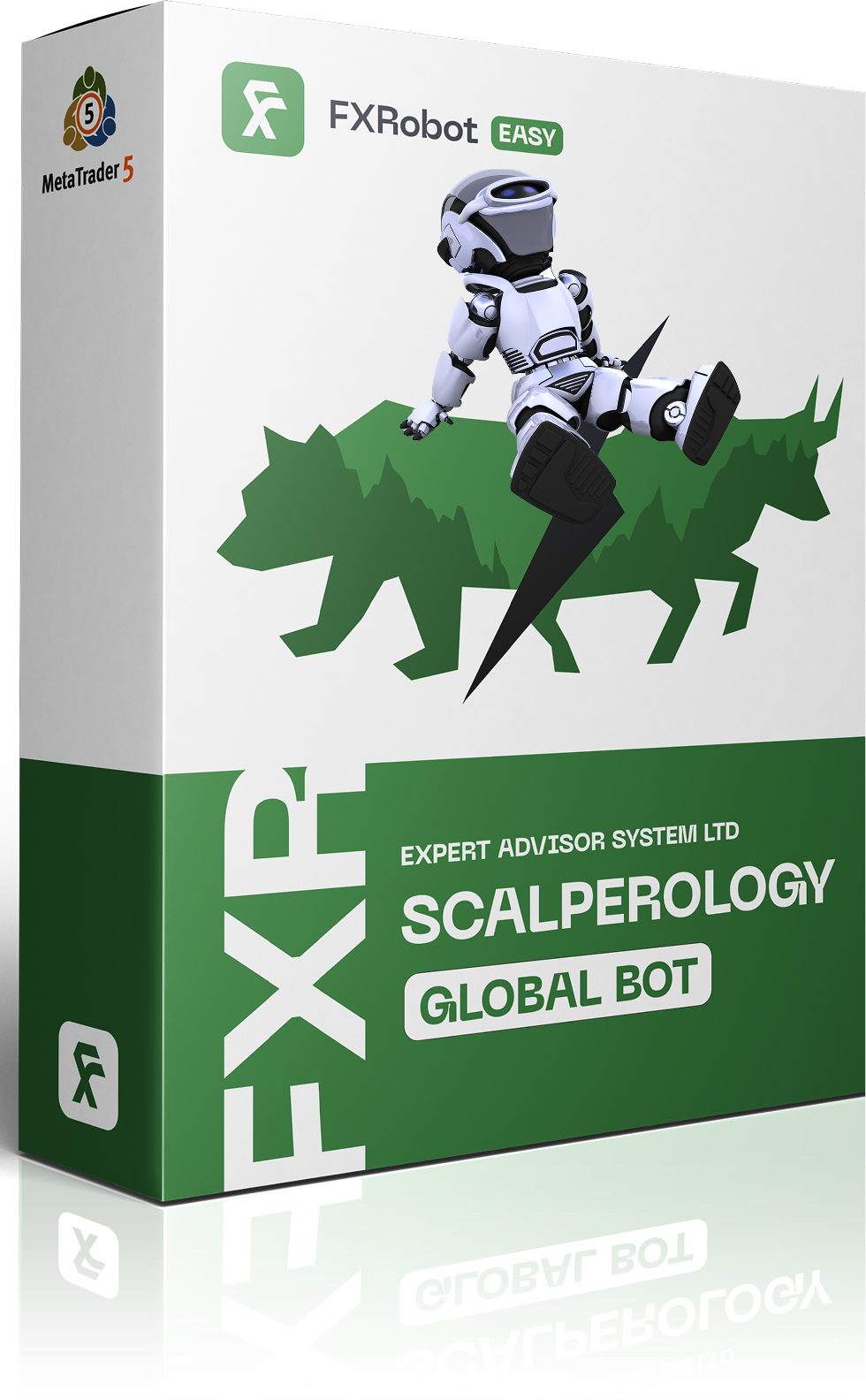At this time, purchasing EASY Bot items is not available to all members. Read more - how to get access to purchase
Risk Analysis
9posts
Understanding Risk Analysis
Key Elements of Risk Analysis
Implementing Risk Management Strategies
Utilizing Technology for Risk Management
Continuous Risk Monitoring
NewAge Consulting GmbH presents itself as a free trading community aimed at supporting like-minded individuals. Despite this mission, the company has garnered a rating of 0.0 out of 5 based on no reviews, raising suspicions about its credibility and impact. This article systematically explores the company's offerings and warns readers of the hidden pitfalls associated with joining such platforms....
More Than Money LLC claims to enhance traders' profitability and confidence in the FOREX market. However, with a rating of 0.0 out of 5 and an absence of user reviews, it raises questions about the legitimacy of their services. This article will dissect the company's offerings, analyze potential warning signs, and provide insights for prospective traders considering this platform....
Assetrade.net is a cryptocurrency investment platform that claims to facilitate the buying, selling, and trading of digital assets. Despite an attractive interface and various features, the lack of user reviews raises questions about its reliability and effectiveness. This article explores all aspects of Assetrade to help potential investors make informed decisions....
This article explores Cryptocompard, a company offering crypto mining investment solutions. With a rating of 0.0 out of 5 based on zero reviews, significant concerns are raised about its credibility. We will delve into various aspects of the company, highlighting the absence of transparency and potential risks for investors....
In this article, we conduct a comprehensive review of BANKIS, focusing on its investment solutions in crypto assets and OTC trading services. With a concerning rating of 0.0 out of 5 and no existing reviews, this evaluation seeks to uncover hidden risks and the legitimacy of BANKIS's business model. We aim to equip potential investors with critical insights to inform their decisions....
FXNL claims to simplify the trading experience for beginners by providing forex signals based on expert analysis. With a mixed rating of 3.1 out of 5 from users, the platform's reliability and signal accuracy come under scrutiny. This review delves into customer feedback, highlighting both successes and failures linked to FXNL's services....
Heliosfund.io promises to revolutionize Bitcoin mining with its actively managed approach, yet its lack of reviews and a dangerously low rating raise significant concerns. This article examines the fund's claims, potential benefits, and the red flags investors should consider before making a commitment. Juxtaposing its offerings against existing alternatives, we aim to provide a balanced overview....
In this article, we explore Money Pickle, a free financial help desk that connects clients with certified financial professionals. We'll analyze the company's services, user experiences, potential risks, and regulatory status to give readers a clear picture of what to expect. Discover whether Money Pickle stands up to its promise of financial assistance or if caution is advised....
Exchange Bank, offering personal and business banking services, currently holds a troubling rating of 0.0 out of 5 with no available reviews. This article will dissect the bank's offerings, address customer experiences, and highlight potential red flags for those considering opening an account. We'll explore how Exchange Bank compares to its peers in the banking industry....










